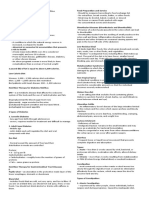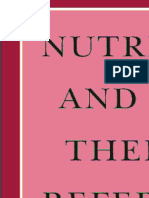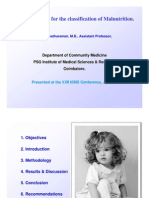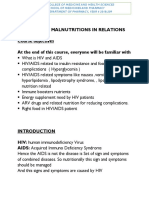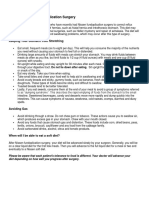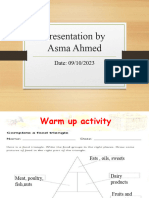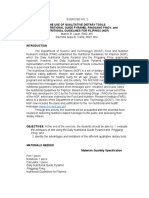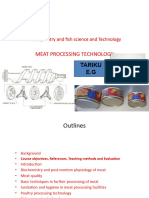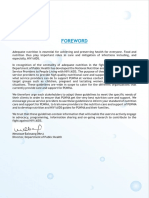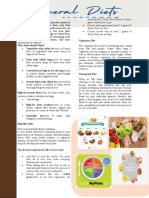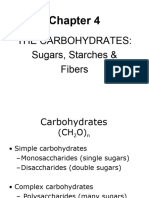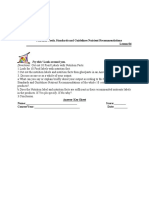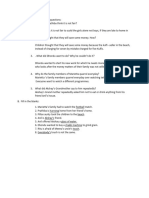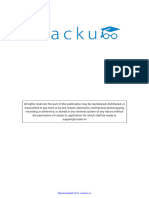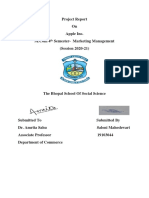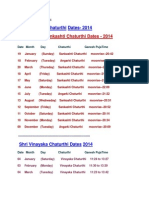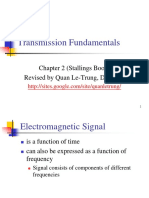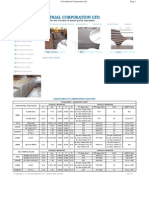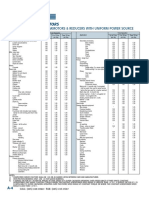0% found this document useful (0 votes)
189 views10 pagesFood Analysis Assignment
The document discusses various methods for analyzing carbohydrates in foods, including chromatographic methods like HPLC, electrophoretic methods, chemical methods involving titration or producing color changes, and enzymatic methods. It also covers sample preparation techniques for isolating carbohydrates from foods prior to analysis and references carbohydrates' importance as a major energy source and dietary fiber.
Uploaded by
retavij277Copyright
© © All Rights Reserved
We take content rights seriously. If you suspect this is your content, claim it here.
Available Formats
Download as PDF, TXT or read online on Scribd
0% found this document useful (0 votes)
189 views10 pagesFood Analysis Assignment
The document discusses various methods for analyzing carbohydrates in foods, including chromatographic methods like HPLC, electrophoretic methods, chemical methods involving titration or producing color changes, and enzymatic methods. It also covers sample preparation techniques for isolating carbohydrates from foods prior to analysis and references carbohydrates' importance as a major energy source and dietary fiber.
Uploaded by
retavij277Copyright
© © All Rights Reserved
We take content rights seriously. If you suspect this is your content, claim it here.
Available Formats
Download as PDF, TXT or read online on Scribd
/ 10





